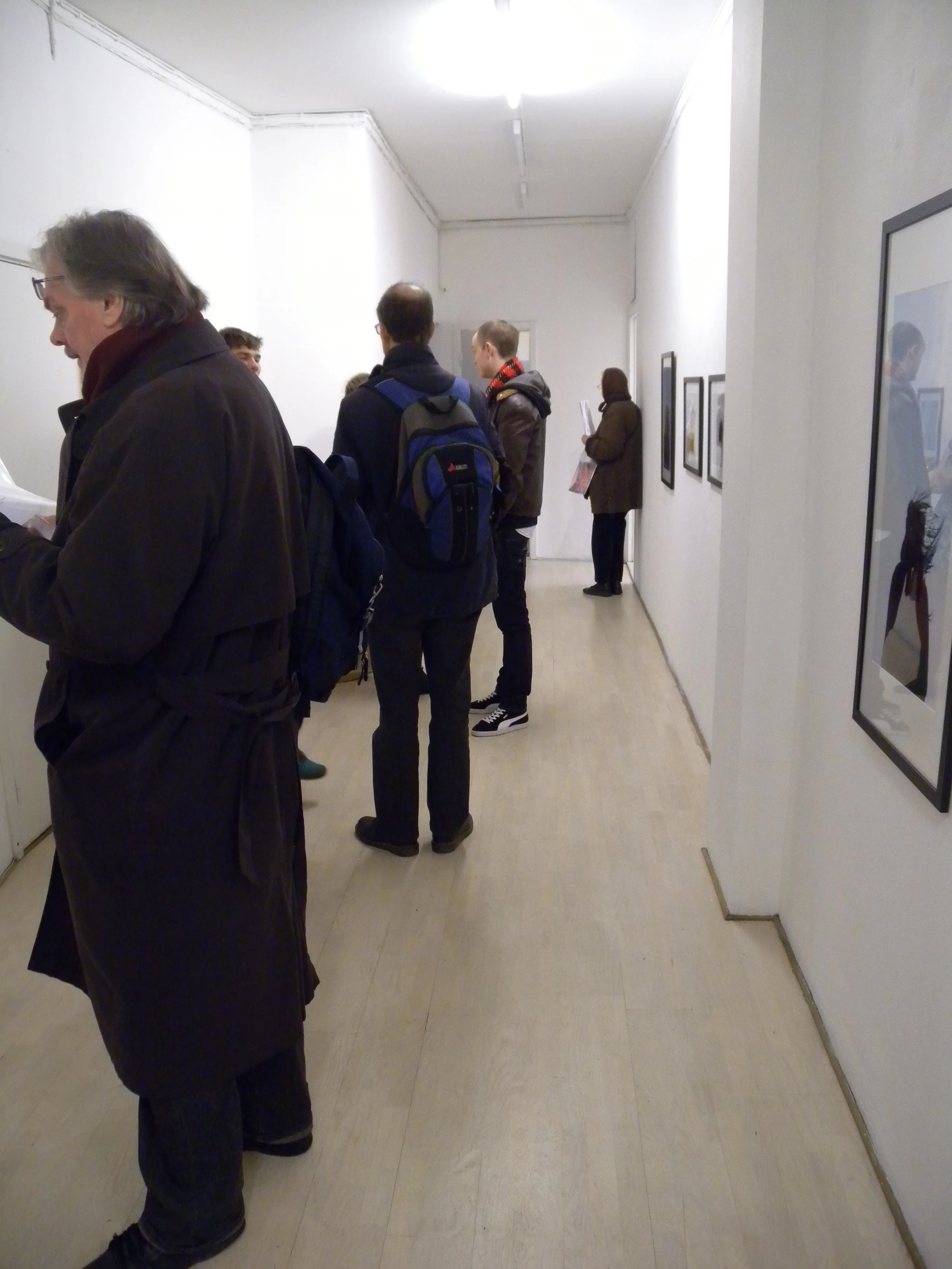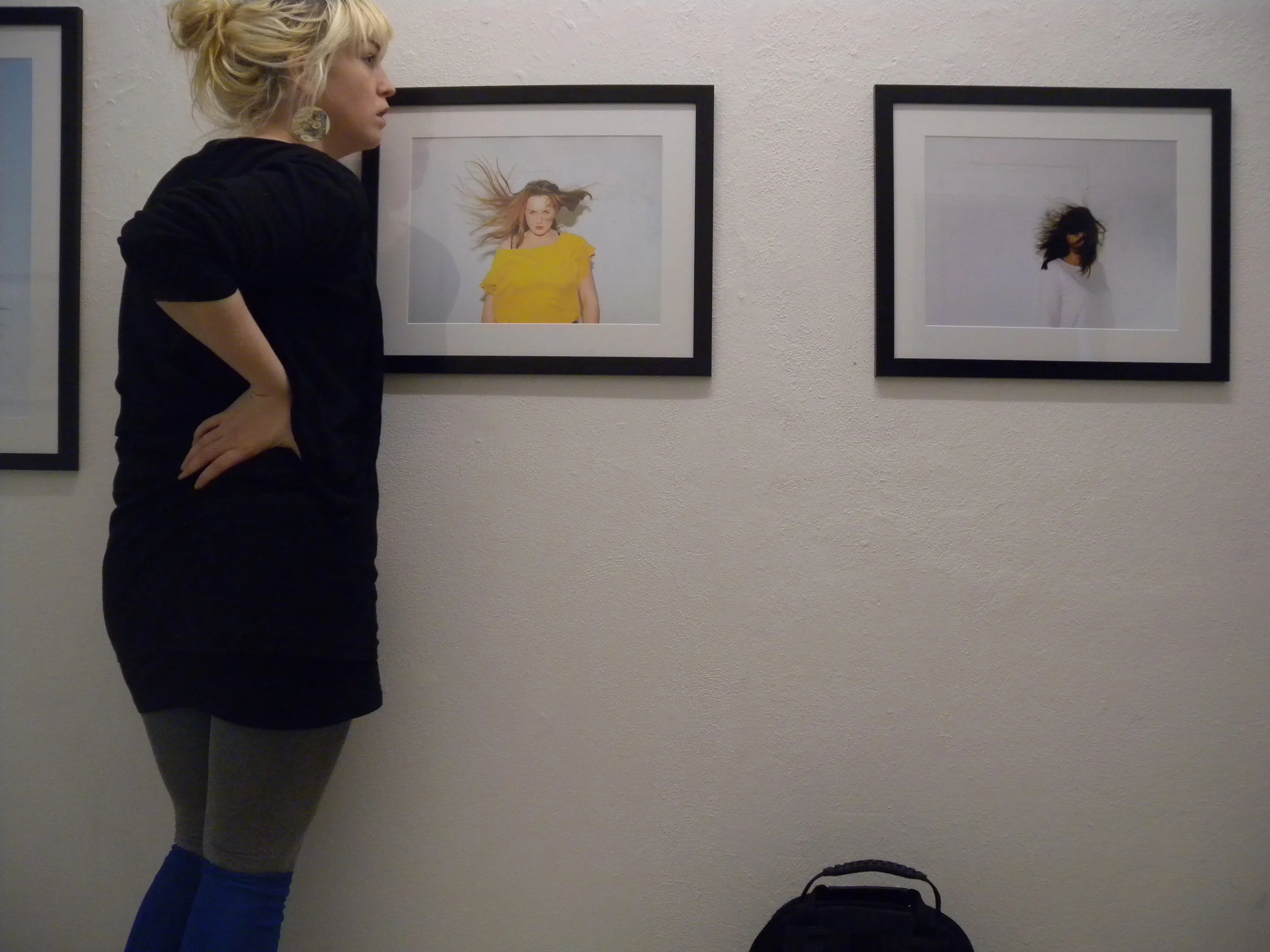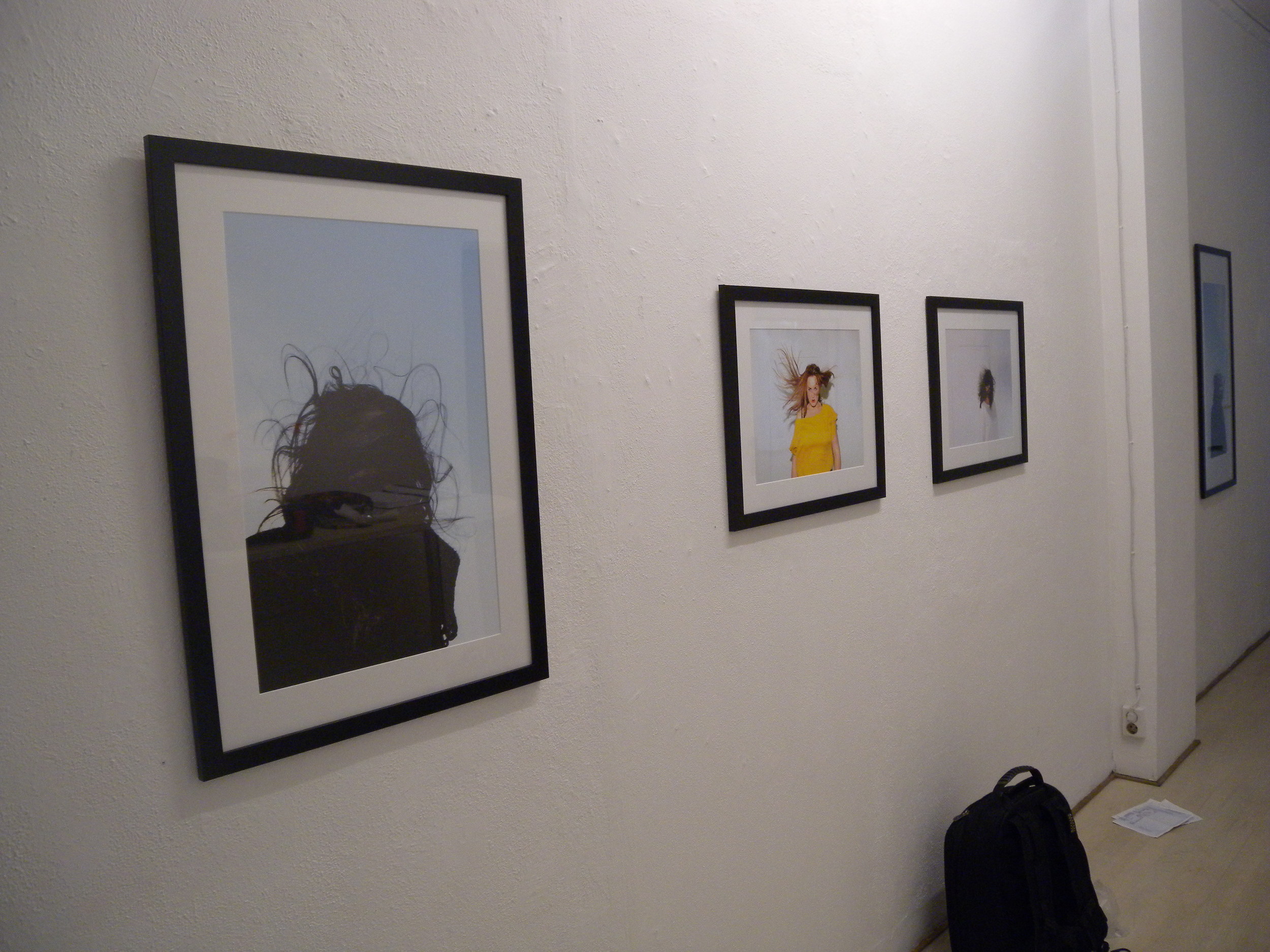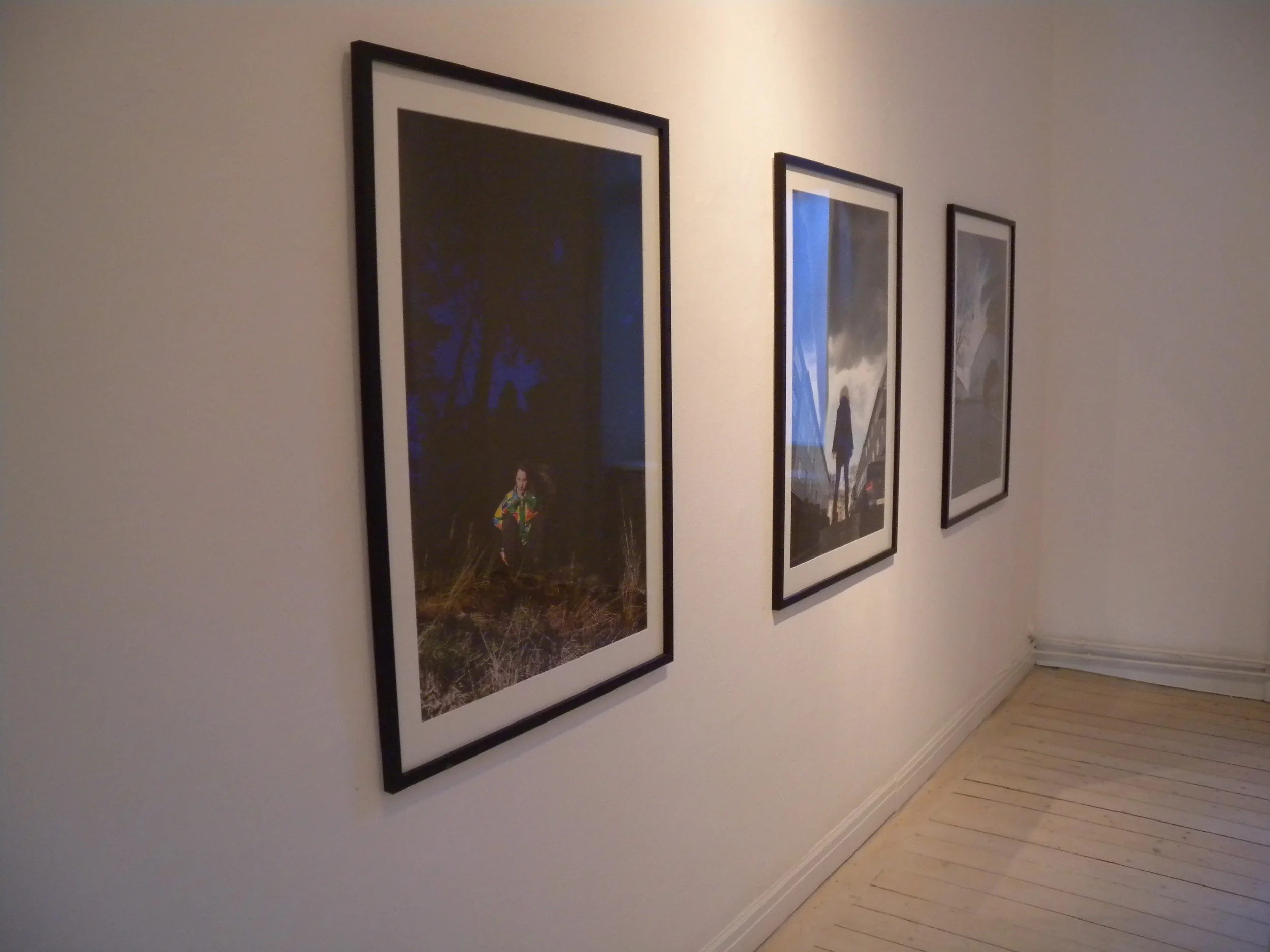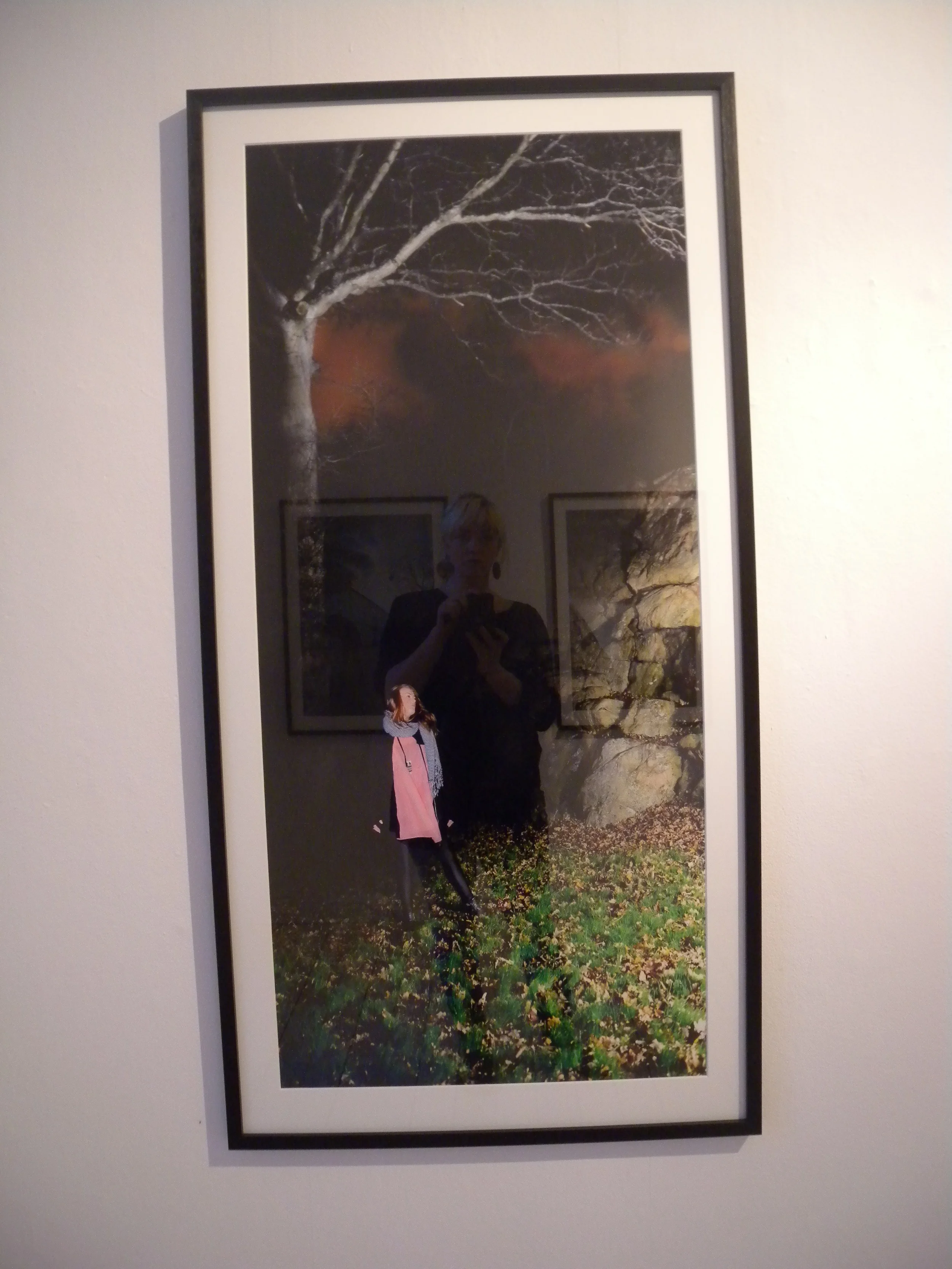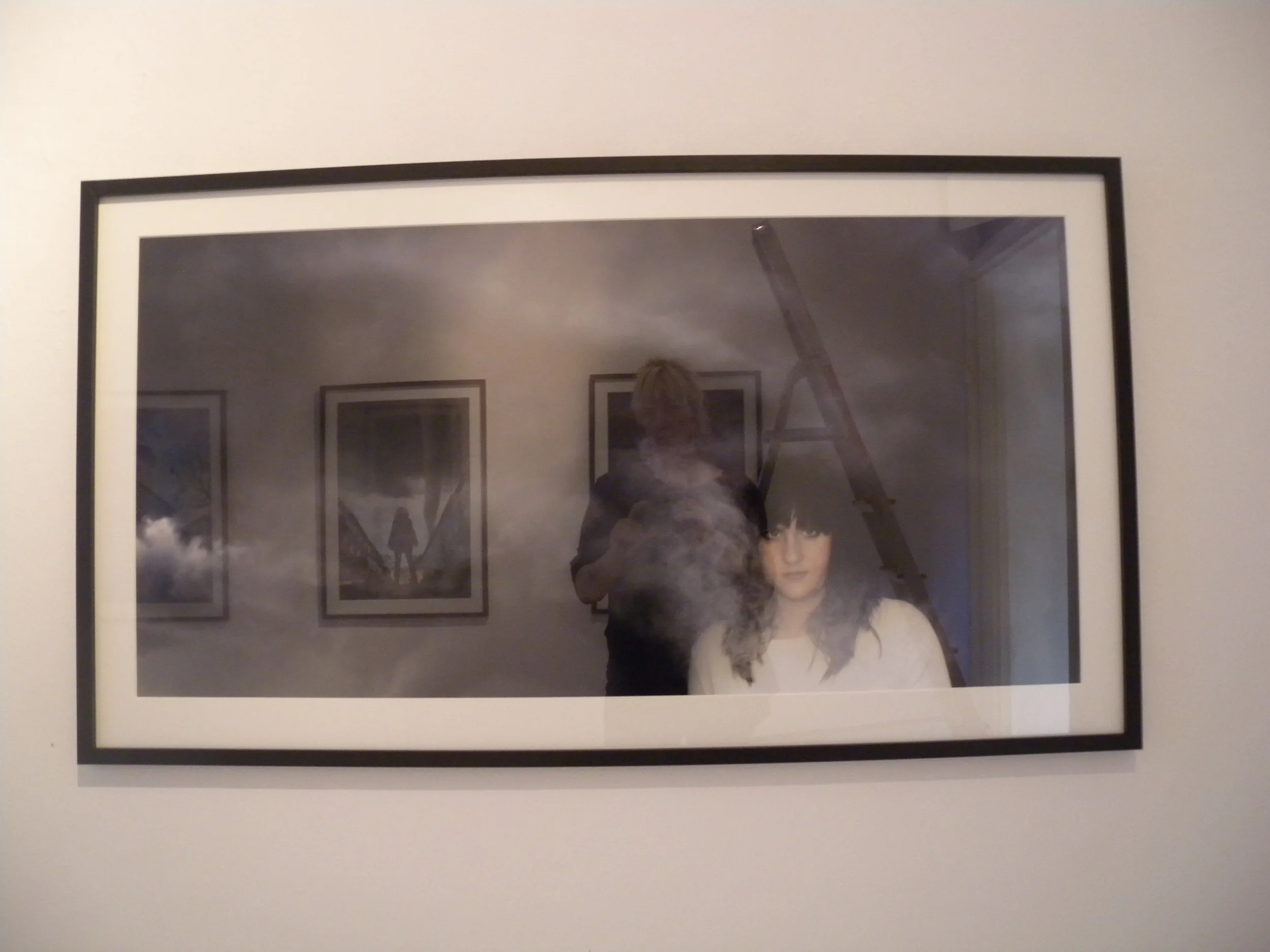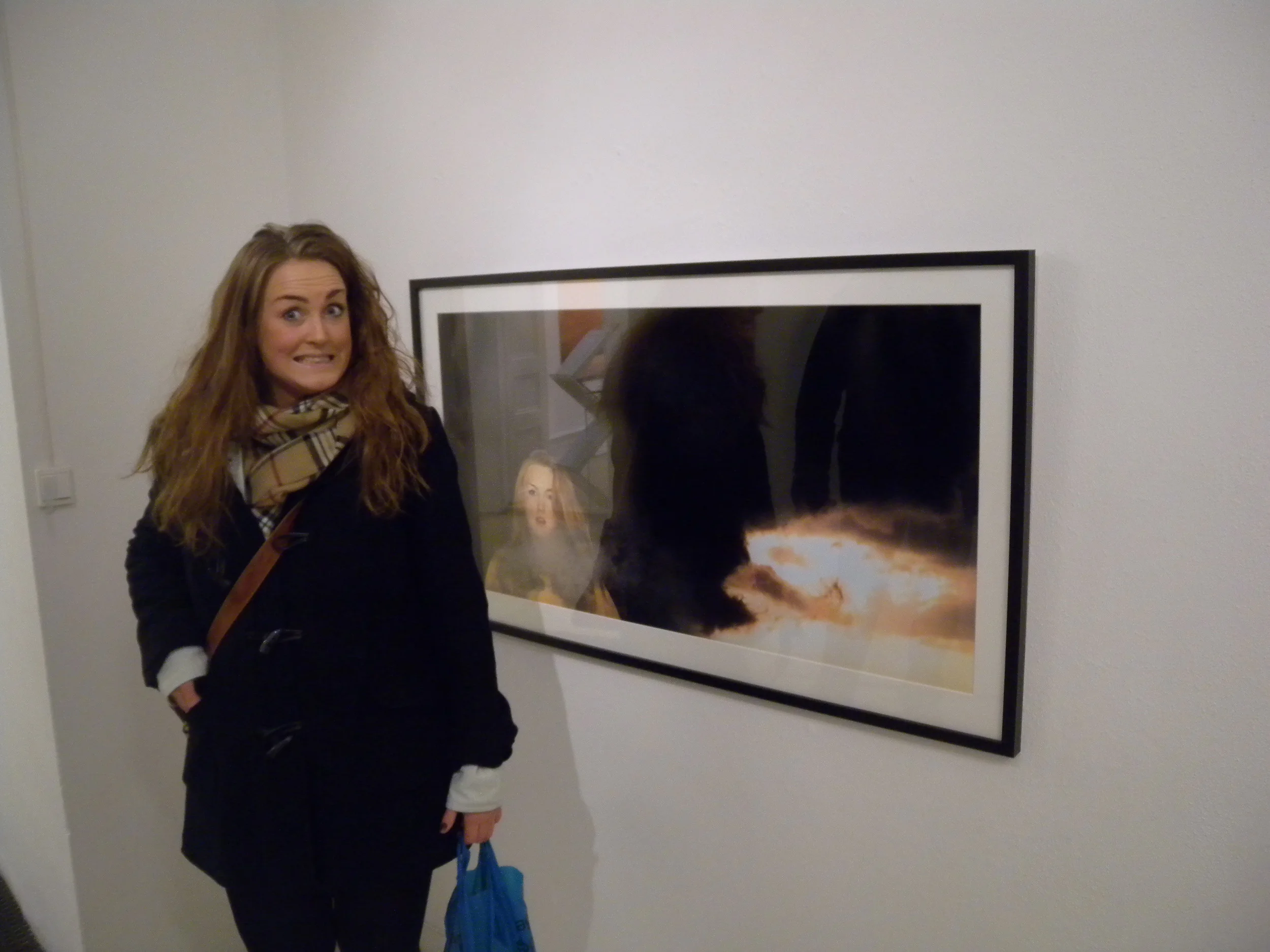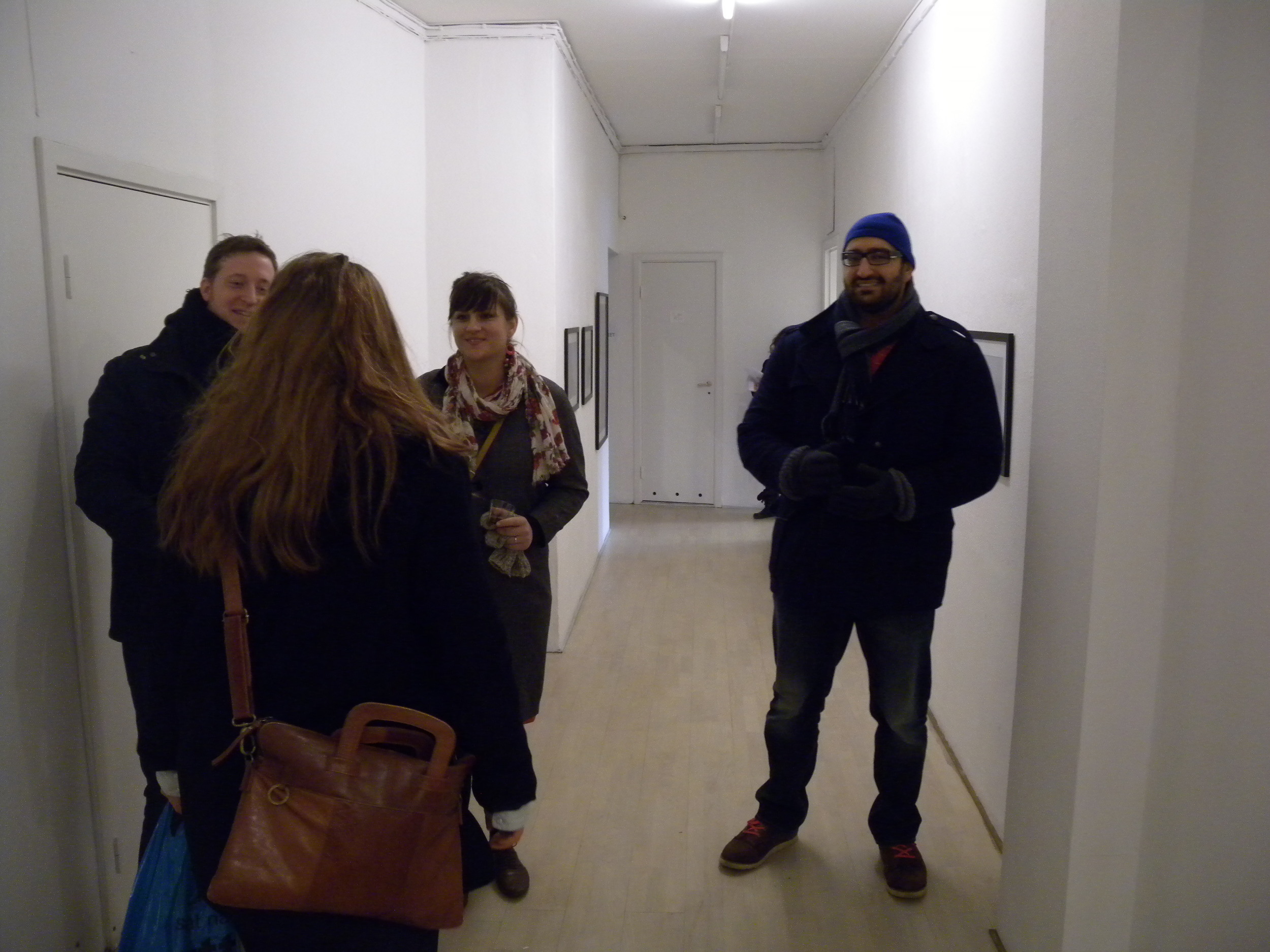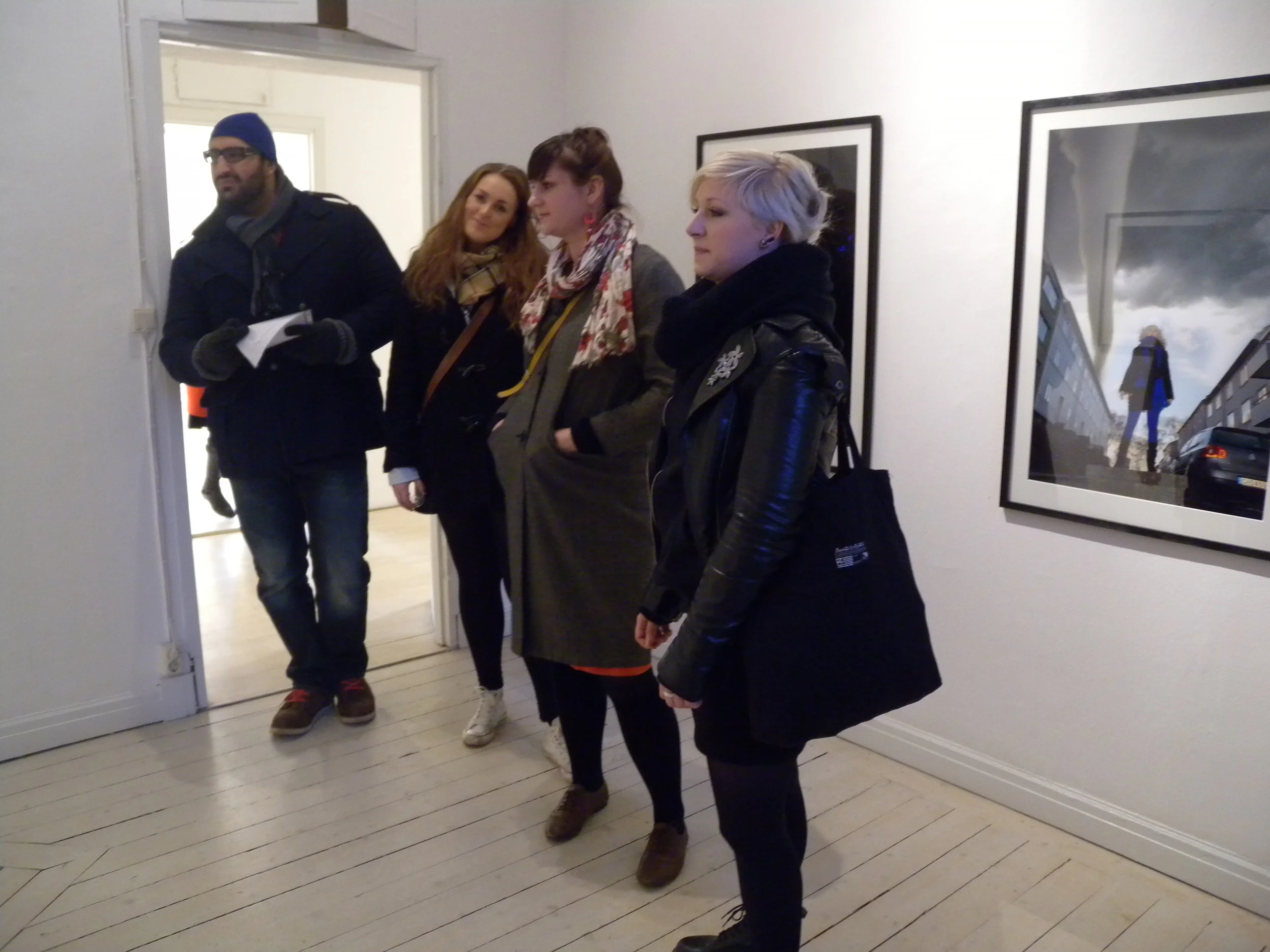Göteborg Konstförening, Lille galleriet 2012
Furie
Galleritext:
Furies were the Roman counterparts of the Greek Erinyers. Revenge Goddesses who persecute criminals -
especially those that hurt there own family. The name means the angry or fearful.
Furie (latin : furia) wrath, great anger. To attack or capture suddenly and violently, to be vociferously angry.
nordic : megäre, hetære, argbigga, harpa, vettvilling, demon.
agitation, anger, clamour, commotion, disturbance, furore, hubbub, outbreak, outburst, outcry, passion, roar, rumbus, stir, strife, tumult, turmoil. twister, tuba, storm, blast, blizzard, cyclone,gal,gust, hurricane, squall, tempest, tornado, wirlwind, funnel.
A Tornado is a violent, dangerous, rotating column of air that is in contact with both the surface of the earth and a cumulonimbus cloud.
tornado and tromb (swedish) are different terms for this powerful whirlwinds that form a nearly vertically rising air vortex with a diameter of 100 meters up to 1 km for strong tornadoes, in rare cases have been observed thrombus with a diameter of as much as 2-4 km.
They are also referred to as a cyclone, although the word cyclone is used in meteorology in a wider sense, to name any closed low pressure circulation.
Tornadoes occur during heavy thunderstorms, and come in many shapes and sizes, but are typically in the form of a visible condensation funnel.
Most tornadoes have wind speeds less than 177 km/h, and travel a several kilometers before dissipating. The most extreme tornadoes can attain wind speeds of more than 480 km/h, stretch more than 3.2 km across, and stay on the ground for more than 100 km.
In the movie, The Wizard of Oz, Dorothy is transported to a magical land of a tornado.
Tornado dreams usually represent clash or violent upheaval; personalities, beliefs, situations or ideas that just cannot digest. They also represent major change; sudden and cevere, and swift action.
Are you in a situation that should be changing or moving forward? Are you out of control? Is there a erratic,
unpredictable nature of a situation?
The tornado can tear down in a minute what may have taken years to build. But the destruction clears the way for something else to be created. Sudden, powerful, change is at hand, and the best recourse is to stop struggling against it, and let yourself move forward. Even Dorothy made it home, in one piece, with a new understanding.
-The tempest in my mind/Doth from my senses take all feeling.
(Shakespeare)
maybe it`s all a tempest in a teapot after all..
thanks to:
Linn Heidi Knutsen, Evelina Davidsson, Annie Coffeen, Tove Strandell, Michael Magnusson, Ulrika Linder, Paul Thomassen, Dennis Sundberg, Aarne at Gallerix, Ulf and everyone at Göteborg konstförening.
THE FURIE SERIEST AND THE WORK OF MAILIND SOLVIND MJØEN
The works of the Norwegian artist Mailind Solvind Mjøen are not always explicit in their politics and rarely dogmatic. Rather they employ and reflect similar tactics to those who seek to restrict access to what is also the primary theme of her work – power.
For those with agendas to socially construct power relations in ways that control the possibilities of others, these agendas are often disguised through reproduction of supposed social norms, time and history used as a means to both hide their origins but preserve their future.
Mjøen’s works are entirely engaged with the complexities and flux of the world and times in which we live but in this body of photographic work, accompanied by a soundtrack, she also refers to Classical mythology to address a continued phenomena - the social fear of the potential of empowered womanhood. We live in a society in which social democracy, equality of citizens and the concomitant rights of peoples – irrespective of creed, race, sexual orientation, gender, class and wealth are demanded, challenged ad remain often reviled. Amidst the debates for legal equal rights remain the politics of the representation of women. Their rights are often delineated through forms of biological and social control such as refuting the right to abortion and so continuing to define womanhood in biological terms and thus sustaining a definition of their role as being vessels for reproduction. In the workplace glass ceilings are constructed to allow women to clearly see the constructed hierarchy of male domination and preventing career equality, whilst the actual term, glass ceiling also suggests that the female body is too weak to break through glass and infiltrate the arena of male power structures. Socially domesticity is continued to enforce social perceptions of the woman within hetero-normative classifications.
The women here are represented as contemporary Furies - the Roman counterparts of the Greek Erinyers. Goddesses of revenge, the Furies would persecute criminals and so occupied both a space of being angry but also of being feared – able to both cause damage and answer to forces that would seek to control them. Each image represents woman in the challenge of a maelstrom issued from some unseen cause. The effects of the cause render these women windswept and yet defiant against the forces that seek to destabilise them. They may appear in the images to be challenged by what maybe read as ‘natural’ forces. The construct of what is seen to be unnatural in womanhood is often evoked as a means to limit women’s agency and in her use of accompanying technology to provide a soundtrack Mjøen suggests that these forces may in fact be ‘man-made’ and constructed.
In the seven photographic works exhibited here we encounter representations of women unrestricted by domestic settings. Instead, they are totally present in a variety of public arenas and visibly resistant to the energies that seek to literally blow them out of their right to ‘publicness’. In these images we see encounters of resistance between the subjects but also the effects of what they themselves are conservatively perceived to be. The Furies of Mailind Solvind Mjøen are stood strong entirely, capable of being uncontrollable catalysts of sudden and spontaneous action that could wipe out the social constructs of the status quo. She represents womanhood itself as a tornado for change, capable to turning to dust its adversary, and so she questions us to decide if we are to identify with them in their struggle for power or be agents to perpetuate the social fear of strong, defiant and resistant womanhood.
-Jason E. Bowman, Curator
